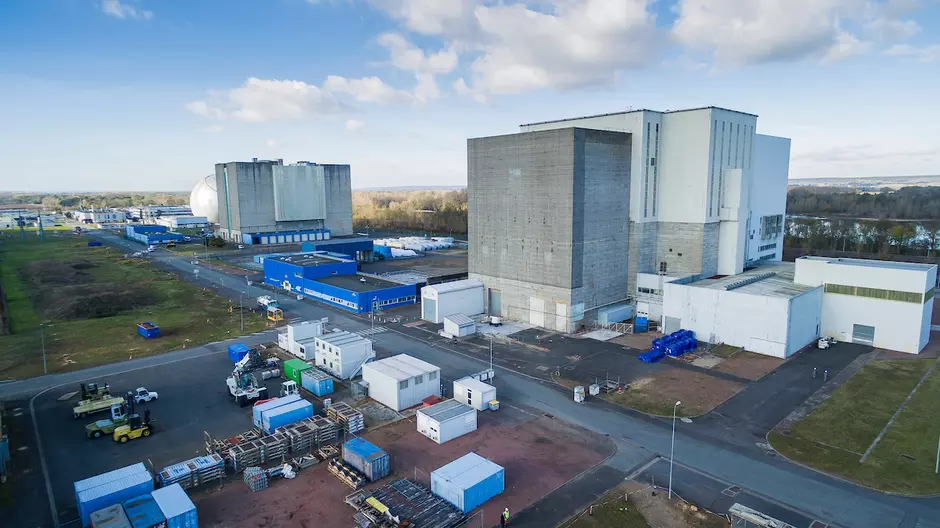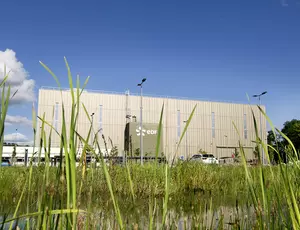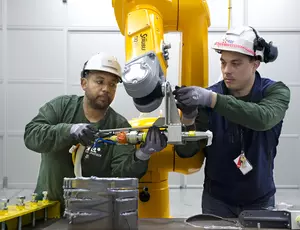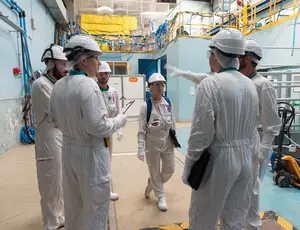Dismantling a UNGG reactor involves removing and storing 10 to 30 times more material than with a pressurized water reactor.
Of the 80 graphite-gas reactors worldwide, the majority were shut down during the 1980s and 90s but 30 or so are still in operation in the United Kingdom (AGR reactors) and Russia (RBMK reactors). Of the fifty reactors already shut down, only two small reactors (around one tenth the size of UNGG reactors) have been fully dismantled, at Fort Saint Vrain (USA) and Windscale (United Kingdom).
Internationally, most strategies for dismantling reactor vessels consist of pushing back the decommissioning process for a long period of time (80 years) to wait for radiation levels to fall (UK), or in the hope that a graphite waste processing industry will emerge (Japan, Italy, Spain).
In starting to dismantle its reactors by 2030, EDF will become the first operator to dismantle its UNGG reactors on a major scale.
A standardized in-air dismantlement scenario will be used at all of EDF’s UNGG reactors. This will involve use of remote-operated processes run from a dismantlement platform installed on the upper section of the reactor.

The overall decommissioning timetable for UNGG reactors put forward by EDF is built on a progressive risk-management approach built around the following sequences:
● technology development phase led by Graphitech at a dedicated test center, the Graphite Industrial Demonstrator
● dismantlement of the Chinon A2 reactor, as of 2030
● dismantlement of the five other UNGG reactors, after 2050
This sequence minimizes the risks of an unforeseen event impacting all six reactors. It also leverage lessons learned at Chinon A2 to optimize the timeframe for work on the five remaining vessels. The total volume of waste requiring treatment generated by the future UNGG dismantlement program will amount to approximately 160,000 metric tons.
There already exist workable solutions for processing, storing or stockpiling all forms of waste produced by decommissioning these facilities.







